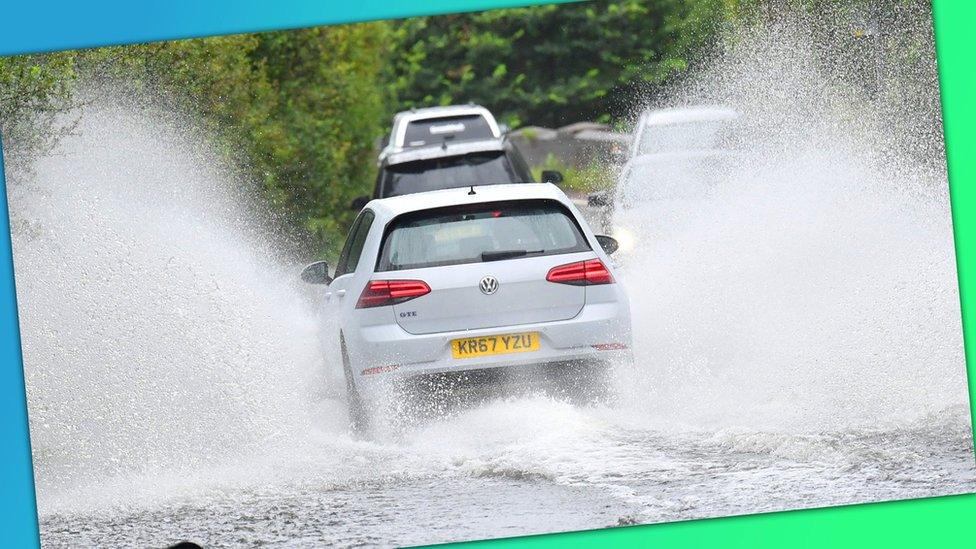Oklahoma: What is a tornado and how are tornadoes formed?
- Published
- comments
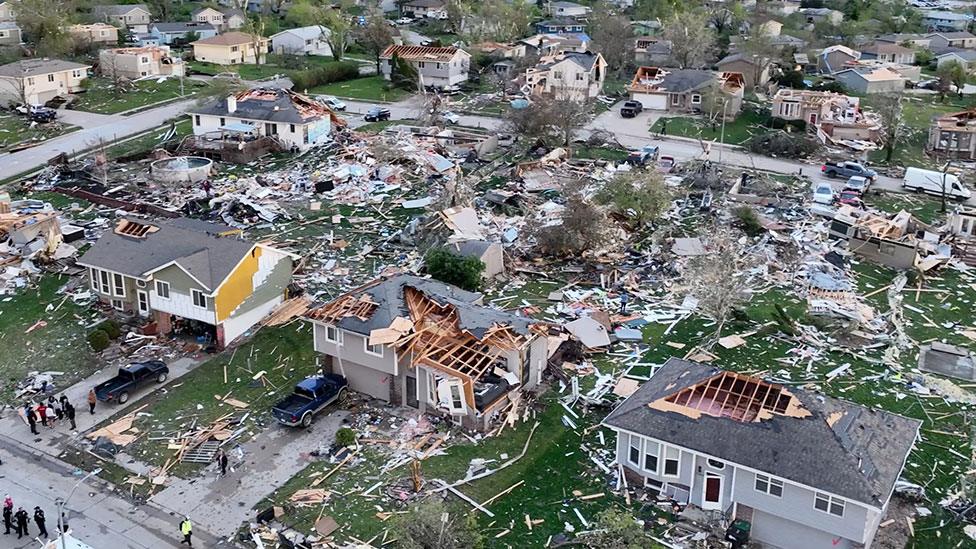
Local teams have been working hard across the US to repair towns hit by the tornadoes, like Omaha in Nebraska
Many states in the US have been affected by tornadoes over the weekend, with Oklahoma among the worst hit.
People living in Oklahoma were left without electricity, and buildings in a town called Sulphur were badly damaged.
The US government has offered its full support to Oklahoma, with other states like Nebraska offering to fund some of the recovery efforts.
According to the Met Office, tornadoes are rarely reported in the UK, and tend to be much smaller than the ones seen in North America.
But what is a tornado? And what causes them to happen?
What is a tornado?
WATCH: Shanequa explains exactly what a tornado is and how it is formed (2023)
Tornadoes are fast-rotating columns of air, stretching from the ground to the sky.
They occur naturally, but only in very specific circumstances during stormy weather.
Tornadoes can be hard to spot until they start to pick up dust and debris, which gives them the appearance of a swirling grey vortex.
Tornado fact: Some of the stronger tornadoes have been known to pick up full trucks and live cows!
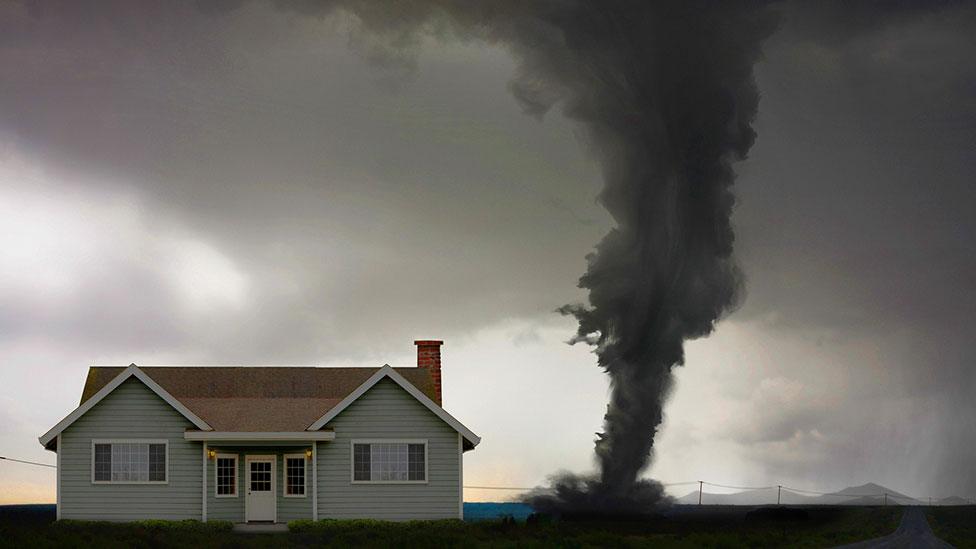
When we see a tornado, we're looking at the dust and debris that it's swirling round, rather than the tornado itself
What causes a tornado?
Tornadoes begin with thunderclouds, known as cumulonimbus clouds.
Warm drafts of air rise up and feed thunderstorms. When these rising drafts of warm air combine with different wind speeds within the cloud, it creates a tight rotating spin of air.
Colder air falling out of the cloud can help a tornado spin faster, and also bring heavy rain and large hail stones.
If this column of swirling air has enough energy to reach the ground, it becomes a tornado.
There are a few different tornado scales that measure how fast, intense and destructive a tornado is.
In the UK the Tornado and Storm Research Organisation uses the T Scale for UK tornadoes. Strength T0 to T3 are considered to be weak tornadoes, with T8 to T11 violent tornadoes.
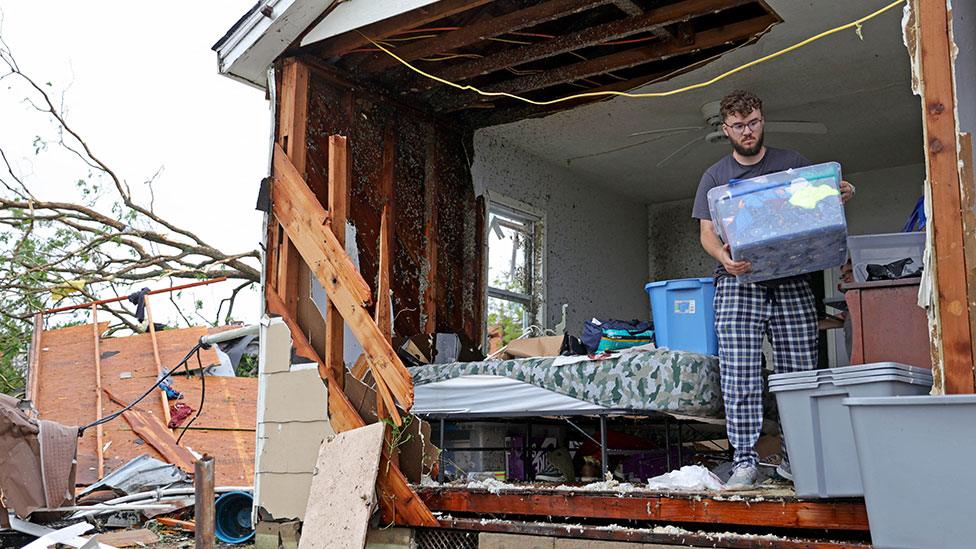
Many people in Sulphur, Oklahoma, had their homes and belongings damaged by a tornado
Tornado fact: The strongest recorded wind on Earth was in a tornado. Winds in one in Oklahoma in May 1999 reached 318mph (511kph), that's over four times the speed of a car on the motorway.
Where are tornadoes likely to happen?
According to the Royal Meteorological Society, the US experiences the most tornadoes out of every country in the world, with around 1,200 per year.
An area in the US has been nicknamed Tornado Alley because tornadoes often happen there; it includes Oklahoma, Texas and Nebraska, which were all hit by tornadoes at the weekend.
The UK actually gets more tornadoes per square kilometre than the US, but the Royal Meteorological Society says that they tend to be smaller and less destructive than the ones that happen in America.
WATCH: Learn more about extreme weather, as Simon King explains what hurricanes, cyclones and typhoons are (from 2017)
- Published31 August 2023
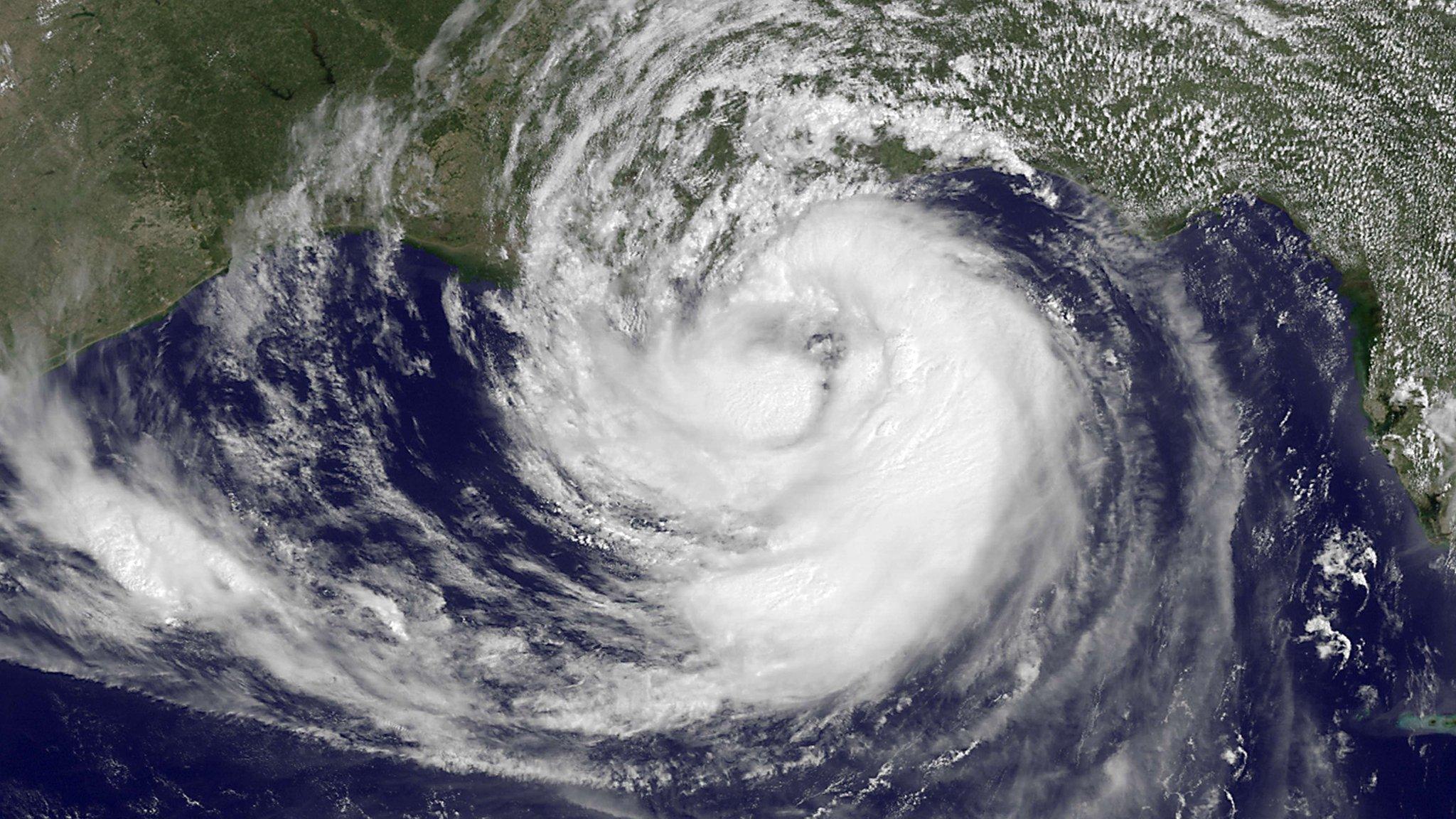
- Published18 April 2024
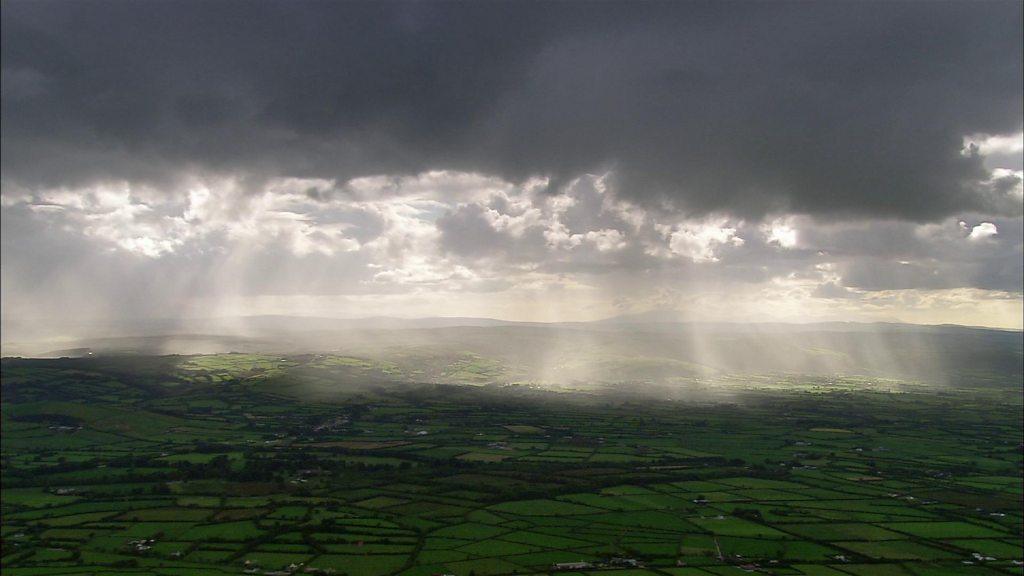
- Published15 November 2023
